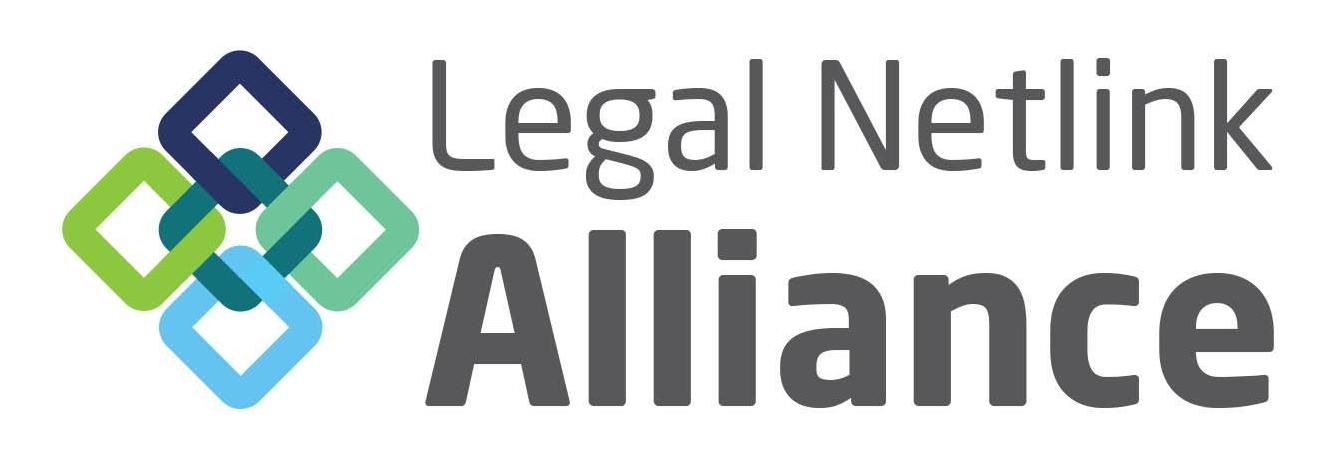The SECURE 2.0 Act of 2022 (SECURE 2.0) became effective December 29, 2022, with some provisions taking effect immediately and others in the future.
If retirement is not yet on your immediate horizon, getting into a retirement plan at work has gotten a lot easier. Businesses creating a new retirement plan (a 401(k) or 403(b)) will start automatically enrolling eligible employees at a contribution rate of a 3% minimum, but up to 10% in 2025. (The 3% minimum contribution rate will increase by 1% annually after that but will not exceed 15%.)
If you change jobs, you won’t have to leave your old retirement plan behind and create a new one. “Portability” of plans (moving your old plan dollars into your new employer’s plan) will be simplified which should help avoid cashing out the old plan and paying the taxes (and possibly penalties) when you change jobs. For those who have changed companies and have lost track of 401(k) plans, the Department of Labor is creating a searchable database to see where your orphaned plans are. You can then claim them and consolidate them into one current account. That database is not yet in existence but the law requires it be in place before the end of 2024.
Additionally, if you are still paying off student loans, starting in 2024, your employer will have the option to match those student loan payments with contributions into your retirement account. A qualifying student loan payment is any indebtedness you incurred solely to pay your qualified higher education expenses.
If you are getting close to retirement and must start taking funds out of your plan, the “Required Minimum Distributions” has changed from 72 to 73, so there is an additional year to let the funds sit and grow. If you have already turned 72 and started withdrawing your RMD, you will need to continue on that path. If you turn 72 this year, however, and have NOT started your RMDs, consider whether or not you want to wait until you turn 73. The age to begin taking RMD will be bumped up to 75 in 2033.
Failing to take your RMD used to come with a steep 50% penalty but has now been reduced to 25%, which is still a steep penalty, but that is the point. Since contributions were not taxed when made, there needs to be an assurance the funds will be withdrawn and subjected to income tax. Starting in 2024, if your employer retirement plan is in a Roth account, it will not be subject to RMD requirements.
For those who are late to start retirement savings or are looking to maximize how much they can set aside, starting in 2025, the catch-up contributions for those between the ages of 60 and 63 increases to $10,000 annually, with that figure indexed to inflation. The ability to make catch-up contributions begins at age 50 with lower dollar amounts but those will also be indexed to inflation.
A nice feature is that employers will be able to provide employees the ability to have vested matching contributions made to Roth accounts. You will want to see if your employer has a Roth option available. Keep in mind, though, that contributions to a Roth plan are made with after tax dollars. The attraction to a Roth plan is that future distributions will be tax free (starting in 2024), so they are a great vehicle to get tax free growth underway while you are still working.
If you would like further guidance on your retirement plan or creating an estate plan, learn more about our Estate Planning & Probate group or contact us today.



